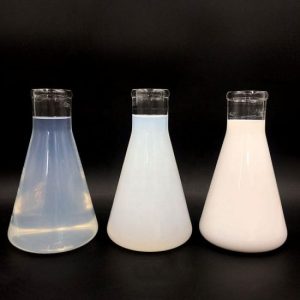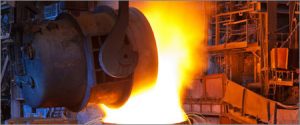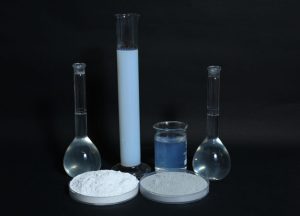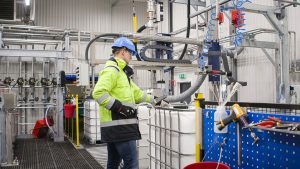Colloidal Silica
What is Colloidal Silica?
In the most general terms colloidal silica is a dispersion of amorphous silicon dioxide (silica) particles in water. These amorphous silica particles are produced by
polymerizing silica nuclei from silicate solutions under alkaline conditions to form nanometer sized silica sols with high surface area. A charge is then induced on the
silica nanoparticle surface that allows the silica particles to repel one another and form a stable dispersion, or colloid.
Colloidal Silica is readily soluble in water in all proportions. It has a low viscosity, which is comparable to that of water. The individual silica particles get
thoroughly dispersed in water.
Ubiquitous products are characterized by their exceptionally low viscosity and excellent stability.
Ubiquitous manufactures various brands of Colloidal Silica which are tailor-made for applications ranging from investment casting to catalysts manufacturing.
Grades
Colloidal Silica is available in many grades.
The concentration of Silica varies from 20 wt% to 50 wt%.
The particle size range produced by Ubiquitous is between 7-35 nanometers.
Chemical Composition of Colloidal Silica
Our Brands, U Family
The U have for long been our greatest strengths, with clients lauding the quality and consistency of the products.
The U can be used for a host of applications
| Brand | Silica Concentration (w/w%) | Particle Size (nm) | PH Value | Viscosity (c p/s) | Na2o%< (w/w%) | Shelf Life (months) |
|---|---|---|---|---|---|---|
| U – 15 | 14.7 – 15.7 | 4 – 6 | 9 – 10.5 | 5 (Max) | 0.35 – 0.45 | 12 |
| U – 20 | 19.5 – 20.5 | 5 – 7 | 9 – 10.5 | 5 (Max) | 0.35 – 0.45 | 10 – 12 |
| U – 25 | 24.5 – 25.5 | 6 – 8 | 9 – 10.5 | 7 (Max) | 0.35 – 0.45 | 9 |
| U – 30 | 29.5 – 31.5 | 9 – 12 | 9 – 10.5 | 7 (Max) | 0.40 – 0.45 | 12 |
| U – 40 | 40.0 – 41.5 | 10 – 20 | 9 – 9.5 | 25 (Max) | 0.3 – 0.4 | 10 |
SPECIFICATIONS
- Solids%
- Particle size
- pH
- Surface area
- Stability (Six Months to One Year under ideal storage)
Packing
- 60 kg Carbuoys
- 250 kg. HDPE barrels
- 1250 kg IBC
- 25 Metric tonnes ISO Tankers
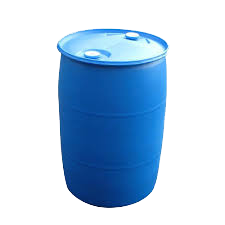
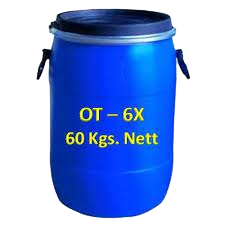
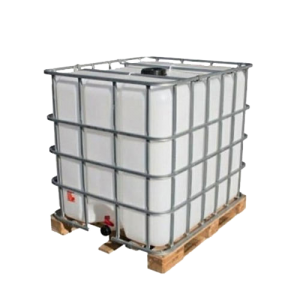
Applications
- Investment casting (Lost Wax Process) – For making Ceramic Moulds / Shells.
- Paper-pulp production
- Refractory fiber bonding
- Textiles and Fabrics
- Catalysts manufacturing
- Coatings


